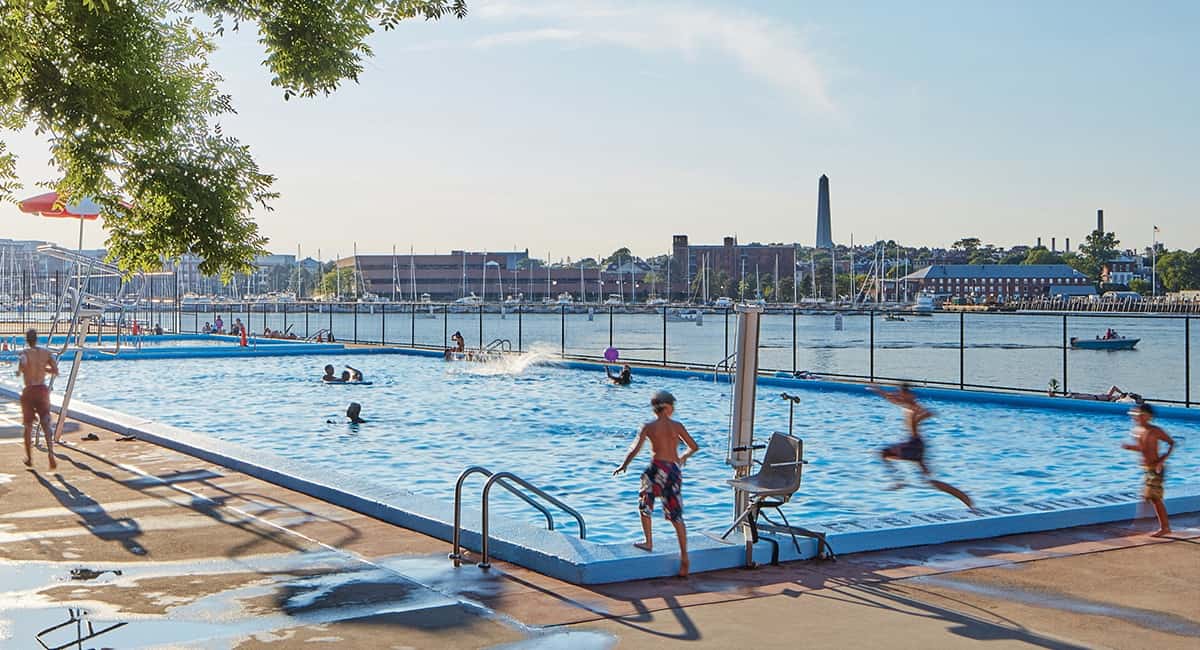A Parent’s Ultimate Guide to Public Swim Pools
Welcome, parents! Are you ready to make a splash with your kids at your local public swim pool? Whether it’s their first dip or they’re seasoned little swimmers, a day at the pool can be a fantastic way to have fun and stay active. This guide is packed with tips, tricks, and all the essential know-how you’ll need for a safe and enjoyable pool outing.
Before You Dive In: Pre-Swim Preparation
Preparation is key to ensuring a smooth and stress-free pool visit. Here are a few things to consider before you leave the house:
- Swim Gear: Ensure everyone has a well-fitting swimsuit. For children not yet potty-trained, a reliable swim diaper is a must to prevent any accidents in the pool.
- Sun Protection: Even if you’re heading to an indoor pool, sun protection is essential for those outdoor areas or a walk to the facility. Pack water-resistant, broad-spectrum sunscreen, hats, and UV-protective swimwear for outdoor pools.
- Towels and Dry Clothes: Pack at least one towel per person, and it’s always a good idea to have a set of dry clothes to change into after swimming.
- Snacks and Hydration: Swimming is an energy-intensive activity. Bring healthy snacks and lots of water, especially for outdoor pools where the sun can zap energy and hydration levels.
- Swimming Aids: If your child is still learning to swim, remember to bring approved floatation devices, arm bands, or swim vests. However, please check with your local pool about their policies on swim aids and toys, as they can vary.
Understanding Pool Rules and Safety
Every pool will have its own set of rules designed to keep everyone safe and happy. Before you and your splash squad jump in, here’s what you should look out for:
- Supervision: Children should be supervised at all times. Even if lifeguards are present, the responsibility for your child’s safety lies with you. Stay vigilant!
- No Running: Pool decks can be slippery. Remind your children to walk, not run, around the pool area to avoid accidents.
- Diving Areas: Only dive in designated areas and if your child is confident and competent to do so safely.
Health and Hygiene Practices
No one wants to swim in a pool that isn’t clean, and we all have a part to play in maintaining the hygiene of public pools. Encouraging good practices with your children includes:
- Shower Before Swimming: Rinsing off before you enter the pool helps to keep the water clean. It removes any lotions, sweat, or cosmetics that could alter the water’s chemistry.
- Regular Bathroom Breaks: Taking your child to the bathroom frequently minimizes the chances of any accidents in the pool. This is especially important for toddlers and young children.
- Avoid the Pool When Ill: If your child is sick, especially with any gastrointestinal issues, it’s best to skip the pool to avoid spreading germs.
Heading to a public pool with your family is a delightful way to spend the day. With a little preparation and awareness of pool etiquette, you can ensure that everyone has a fun and safe time. Remember, public pools are a shared space, so be considerate of other swimmers and follow the facility’s guidelines.
Stay tuned for more detailed tips on making the most of your local public swim pool, including activities, lessons, and navigating busy times. Get ready for an unforgettable, splash-tastic time with your little ones!

5 Key Things Parents Should Know in Preparing for Public Swim Pools
Embarking on a swim adventure requires a bit more than just grabbing a towel and heading out the door. Here are five key things parents should know to make every pool visit a breeze:
- Familiarize Yourself With the Facility: Visit the pool without your kids to get a sense of the layout. Know where the changing rooms, restrooms, and emergency exits are. Check if the facility provides life vests or if you need to bring your own.
- Understand the Pool’s Depth and Divisions: Different pools have varying depths and sections. Know where the shallow end begins and ends, especially if your children aren’t strong swimmers yet. This will help you choose a suitable area for your family’s swim time.
- Plan Your Visit: Peak times can be overwhelming for both you and your children. Consider going during off-peak hours when it’s less crowded, usually early mornings or late afternoons during weekdays.
- Learn About Swim Programs: Many public pools offer swim lessons or programs for children of different ages and skill levels. These can be valuable for enhancing your child’s swimming abilities and comfort in the water.
- Prepare for the Elements: If the public pool is outdoors, check the weather forecast and prepare accordingly. A chilly day calls for extra layers and warm dry clothes post-swim, while a hot sunny day will require more sun protection and hydration.
Enriching the Public Pool Experience
Beyond the practical preparations, you can create a nurturing and enriching environment for your children at the pool. Here are some ways to do that:
- Make It Educational: Teach your kids about water safety and the importance of respecting other swimmers and pool property. You can also turn it into a fun science lesson about buoyancy and properties of water.
- Encourage Socialization: Public pools are great places for your children to interact and make new friends. Encourage them to play with other kids using pool toys and games.
- Set Personal Challenges: Help your children set and achieve personal goals in swimming, like mastering a new stroke, improving their swimming times, or holding their breath underwater.
Post-Swim Care
Once the splishing and splashing is done, there’s still some care to be taken:
- Rinse Off Again: After swimming, it’s crucial to rinse off chlorine and other chemicals used to treat pool water. It protects your skin and hair from drying out or getting irritated.
- Monitor for Swim Ear: Keep an eye out for swimmer’s ear – a common ailment where water gets trapped in the ear canal. If your child complains of ear discomfort after swimming, you may need to consult a doctor.
- Replenish and Restore: Rehydrate with water or electrolyte solutions and have a healthy snack or meal post-swim to replenish energy levels.
With these tips and preparations in mind, a trip to the public swim pool can be transformed from a simple dip into an enriching family outing filled with fun, learning, and treasured memories.
Now grab that swim gear, apply that sunscreen, and prepare for a day of splash-tastic fun at your local public swim pool. Happy swimming!
For more great fun click here. For more information see here
Disclaimer
The articles available via our website provide general information only and we strongly urge readers to exercise caution and conduct their own thorough research and fact-checking. The information presented should not be taken as absolute truth, and, to the maximum extent permitted by law, we will not be held liable for any inaccuracies or errors in the content. It is essential for individuals to independently verify and validate the information before making any decisions or taking any actions based on the articles.




